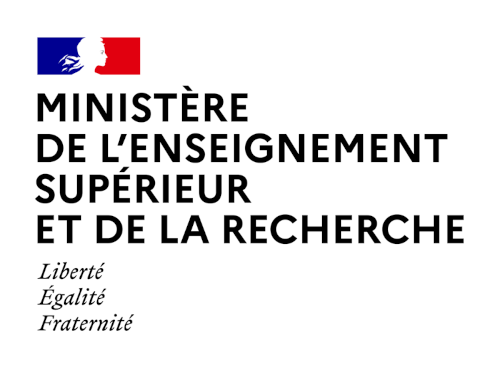During the last two decades, Iberian and Latin-American historical and cultural studies have stressed the role of globalisation and borderlands in the configuration of colonial empires in the Americas (Cardim, Herzog, Ruiz Ibáñez, Sabatani, 2012 / Levin Rojo y Radding, 2019), a relevance which continued after independence. In addition, literary and postcolonial studies have pointed out the limited role of mimesis and rhetoric construction. All these studies stress the need to de-centre our perspectives from euro-centric, metropolitan, and top-down perspectives (Anzaldúa, 1999). Switching scales and recentring people on the move and their respective agencies (colonial / state agents, merchants, travellers, explorers, Indians, Maroons, deserters) is necessary in order to understand how borderlands can give birth to fluid imaginaries and discourses. In this particular frame, rivers played a crucial role, as lines of separation on the maps and as points of passage and convergence, as way of transportation and dangerous obstacle (Valerio-Jiménez, 2013 / Bénat-Tachot, Giudicelli et Onetto, 2020 / Lopes de Carvalho, 2021), and thus generated a whole imaginary of their own (for example, the Mississippi, the Amazon, the Paraná...). The present seminar looks at the edges of the Spanish empire and Latin American states, following Bernard Vincent’s vision of fringes as a mirror of society as a whole (Navarro Floria, 2008). By crossing case studies, periods and borderlands, we ask ourselves about the role of movements and images of fluid frontiers in the construction of the modern Americas.














